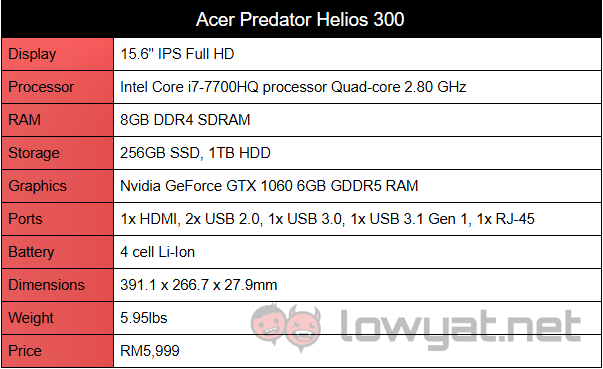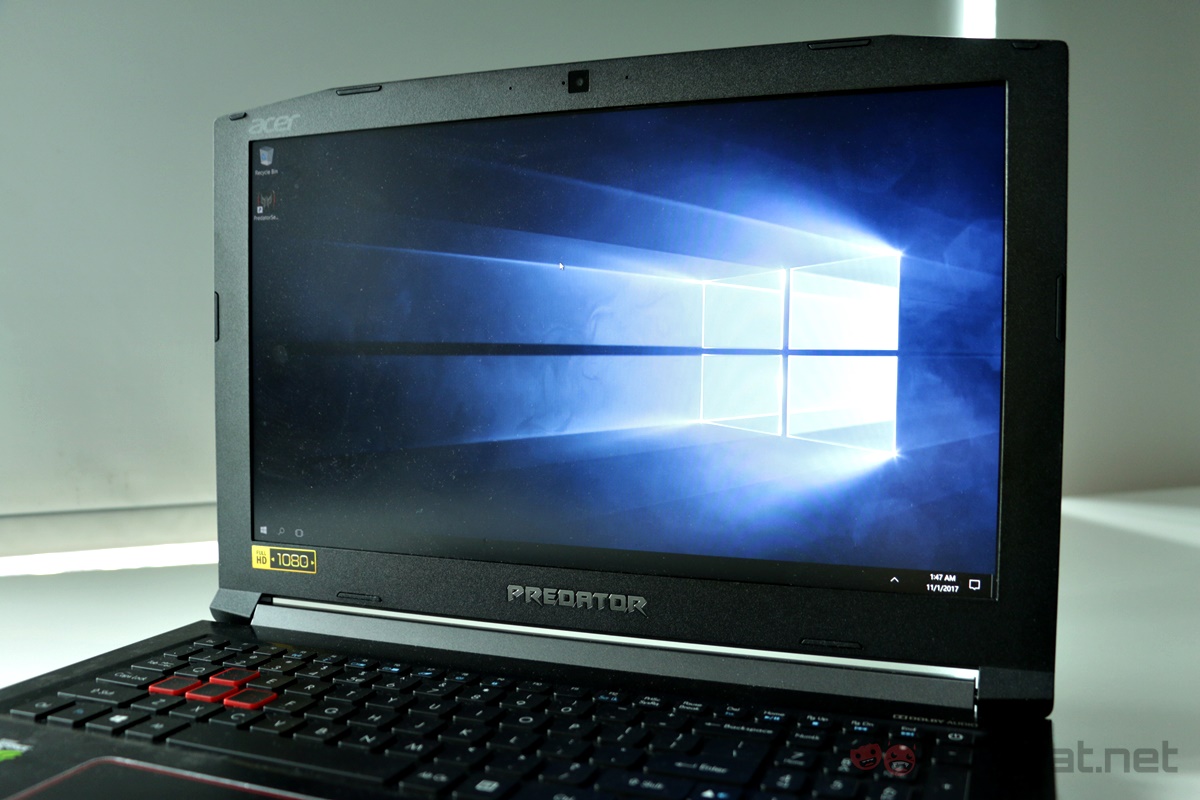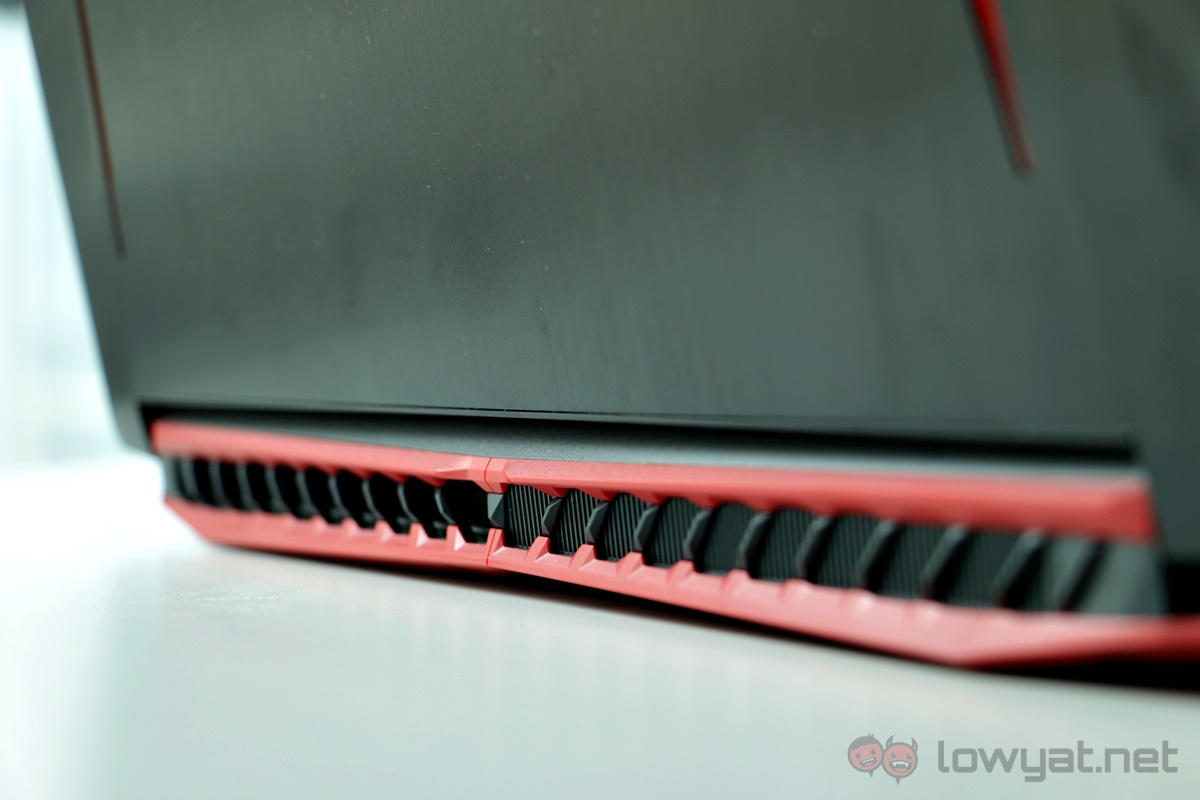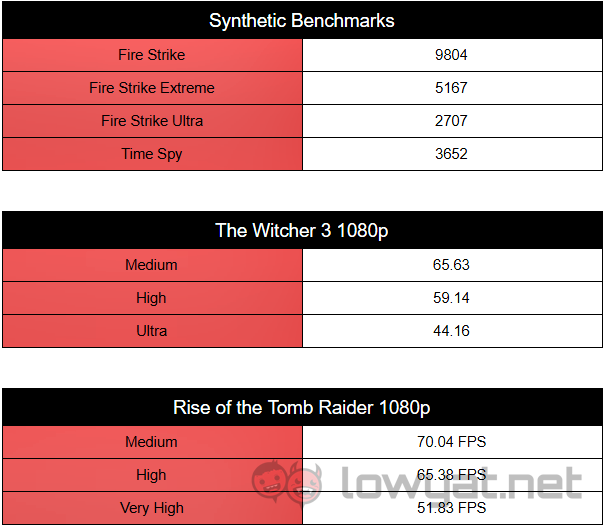The Acer Predator Helios 300 was announced alongside the much more exciting Triton 700 earlier this year. While the Triton understandably grabbed all the attention, the Helios 300 has its own significance: it offers a fairly strong set of hardware for its mid-range price.
The Helios 300 comes in two variants: one with an Nvidia GeForce GTX 1060, and another with a GTX 1050 Ti. Currently, Malaysia only has access to the Nvidia GeForce GTX 1060 version of the laptop. After spending some time with the laptop, I think it might make a lot of sense for Acer to consider bringing the GTX 1050 Ti variant as well.
Specifications
Design
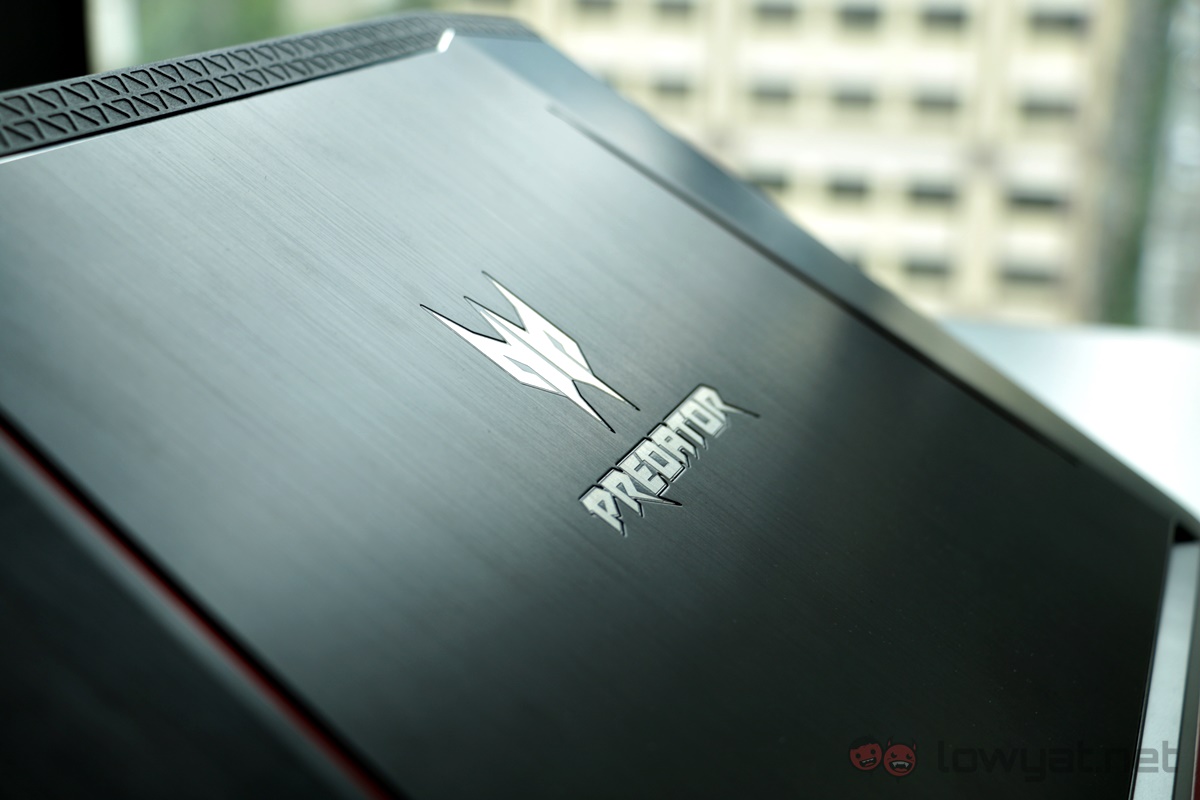
Acer takes no chances with the Helios 300 here. Everything plays very safely within the design language of the Predator brand. It’s not exactly dull, but the choices certainly don’t inspire any sort of excitement. I can’t exactly blame Acer for going down this path, as the Helios 300 serves an introduction to the Predator line.
That is not to say that the Helios 300 is unpleasant to look at. I personally like the aesthetics of the entire Predator brand. Something about those red accents speaks to me in a manner that the competition doesn’t. My only concern is that Acer may not have done enough to make the Helios stand out enough when placed on display alongside its brethren.
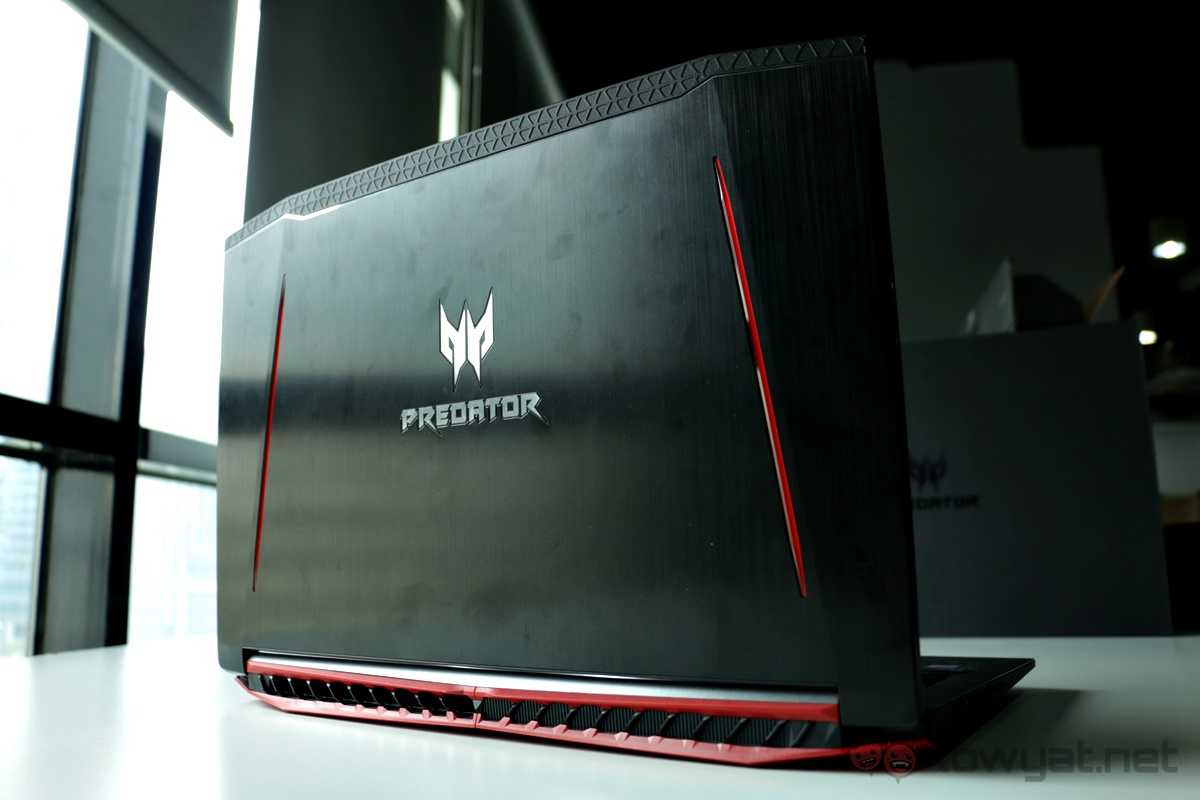
That said, the chassis has a bad habit of attracting fingerprints and smudges; both of which appear to be difficult to remove. This unpleasant surprise was something we discovered when attempting to clean up the Helios for the pictures in this review.
One other small issue is that the edges the palmrest doesn’t seem to have any rounding-off on the plastic chassis. It leaves a rather acute angle where it should curve away. This proved to be an issue when resting your hands on the palmrest over extended periods of time, as the edge digs into your forearms and gets uncomfortable after some time.
User Experience

“If it ain’t broke, don’t fix it” seems to be the theme of the Predator series thus far. Acer isn’t taking any chances and if you’ve used one then you have a pretty good idea about how the entire range feels. I suppose this is a good thing; experiments with gaming laptop design tend to take on an outlandish bent and fail to be practical.
While the Helios 300 may not provide an excellent user experience, it is extremely adequate for what it is. The keyboard is perfectly fine for typing and is comfortable enough over long periods of use. More hardcore gamers may find that there isn’t enough travel on each keypress, but the keyboard is more than good enough to cater to a more casual audience.
Meanwhile, Acer has even fitted the company’s proprietary-designed Aeroblade 3D fan design on the Helios 300. Honestly, it seems to be a piece of over-engineering on this laptop: on paper it certainly sounds like an added benefit to a mid-range gaming laptop, but the GTX 1060 doesn’t exactly produce that much heat, even when being pushed to the limits of its performance. It isn’t quite necessary here in my opinion, and may have helped shave a bit off the retail price. Nonetheless, keeping the laptop cool is always a positive feature.
Battery life on the Helios 300 is rather average. It lasted about three hours and 40 minutes streaming Netflix shows on Chrome, or roughly about good enough to finish one of those overly long blockbuster movies. It is never wise to be gaming on battery, but you could eke out one round of Dota 2 or PUBG. It isn’t the best of ideas, of course: there is already enough tension within the games to worry about running out of battery in those final moments.
Benchmarks
Competition
Dell Inspiron 7000 Gaming
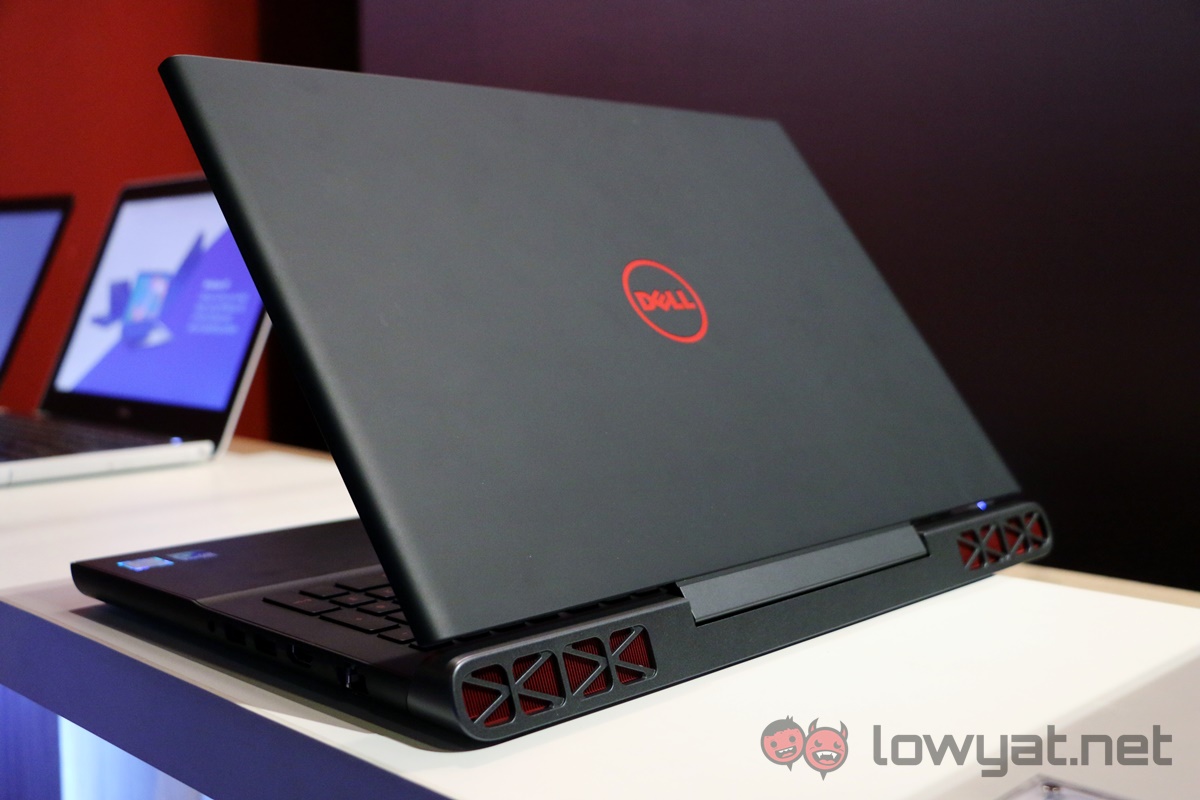
Dell’s Inspiron 7000 Gaming series laptops have always sort of skirted around the territory of entry level gaming machines. As far as specifications go, the Inspiron 7000 Gaming isn’t too far off from the Helios; Dell also makes the smart move for offering both the 1050 Ti and 1060 GPU options for a wider price range.
The model that is the most direct competition for the Helios 300 retails for RM6,599 (vs RM5,999 for the Acer laptop). For RM600 less for the Helios 300, the buyer gets half the RAM than on the Inspiron (8GB vs 16GB), but the same overall hardware (Core i7, GTX 1060, 256GB SSD + 1TB HDD). On the other hand, Dell also offers a RM5,399 model with the same Core i7 processor, but with 8GB RAM, 128GB SSD + 1TB hard drive, and a GTX 1050 Ti.
Lenovo Legion Y720
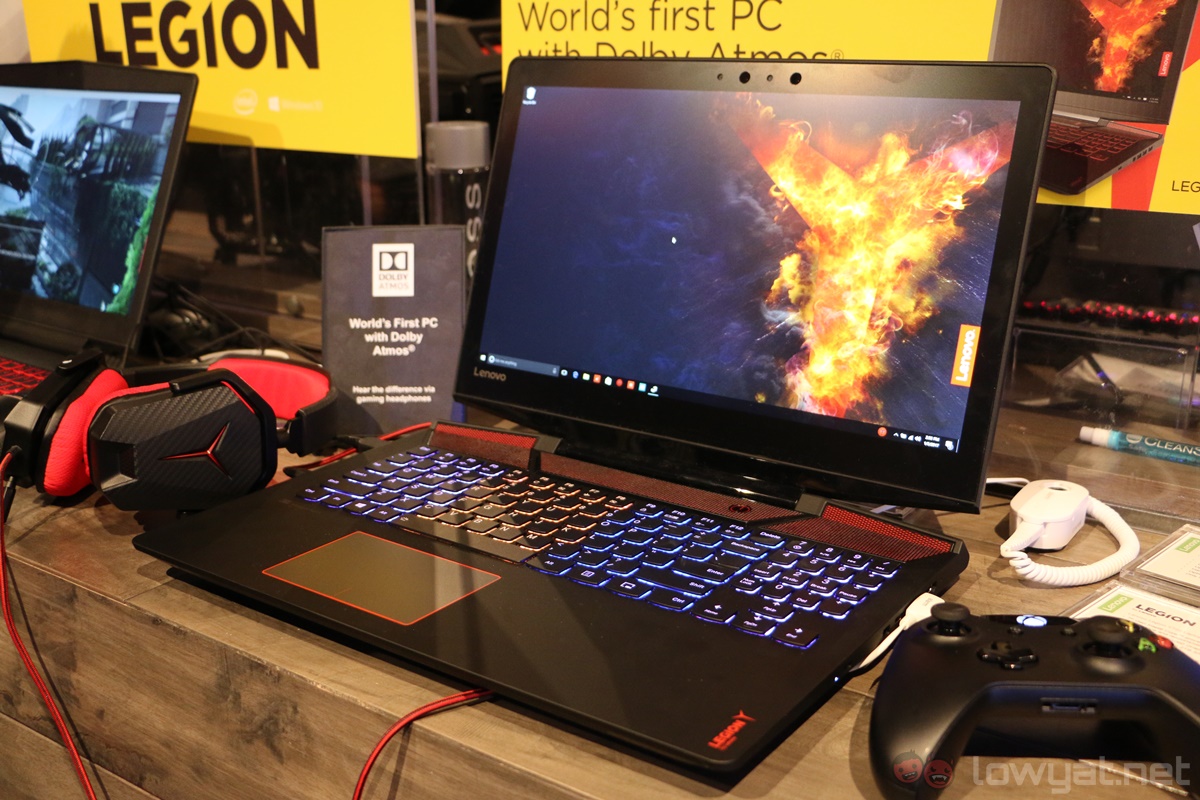
Lenovo’s well known for packaging good hardware at a competitive price, but surprisingly the Helios 300 offers a better package – for RM100 less. Both laptops offer 15.6-inch Full HD displays, GTX 1060 GPUs, the same Core i7-7700HQ processors, and 8GB of RAM, but Acer manages to add a 256GB SSD in addition to a 1TB HDD in the Helios 300 – the Legion Y720 only packs a single 1TB hard drive.
At RM6,099 for the Legion Y720 and RM5,999 for the Helios 300, Acer’s offering certainly has better value for money.
MSI GP62MVR Leopard Pro
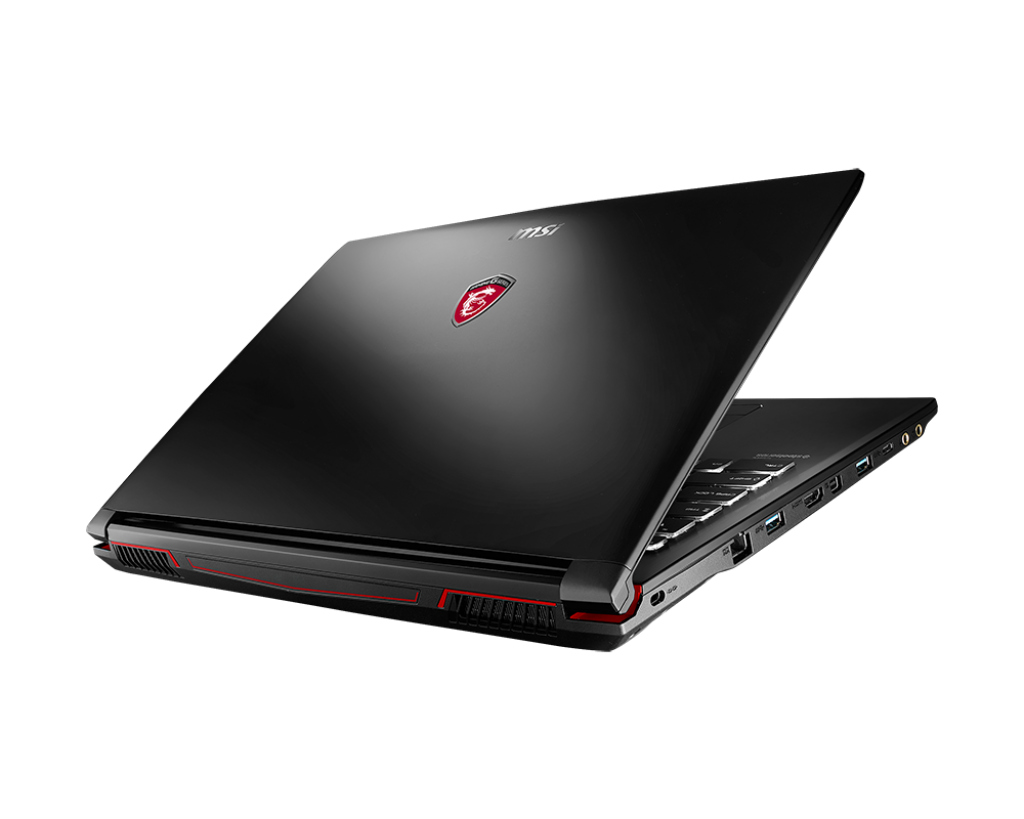
This is perhaps the closest competition that Acer has in this space. The MSI Leopard Pro GP62MVR is virtually identical to the Helios 300 in terms of general hardware: Core i7,7700HQ, 8GB RAM, GTX 1060 6GB GDDR5, 256GB SSD + 1TB HDD.
Both the MSI Leopard Pro and Predator Helios 300 cost RM5,999 for the same hardware setup (though you should be able to find them for several hundred Ringgit less in the market). In the end, it really boils down to which brand one prefers over the other.
Conclusion
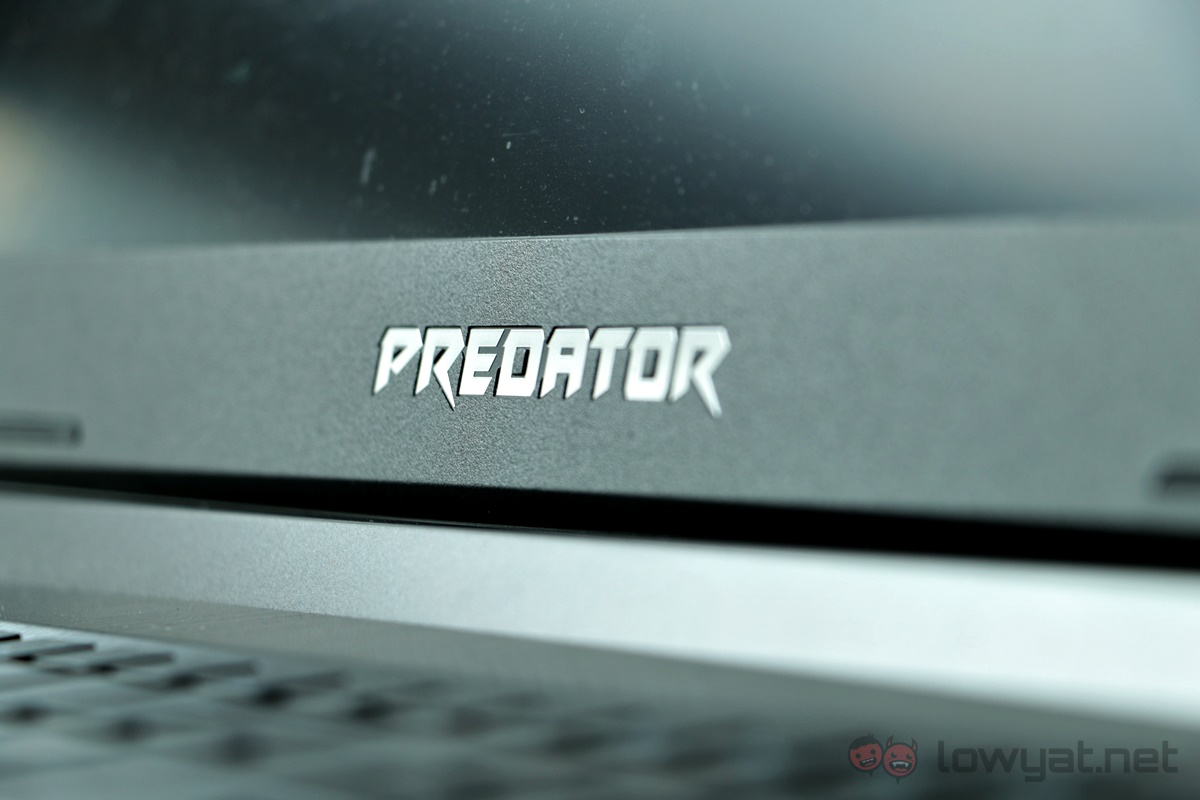
Nvidia’s introduction of the GTX 1050 Ti leaves the GTX 1060 gaming laptops in a bit of a no-man’s land. The differences between the two mobile GPUs aren’t exactly huge considering the price differences, and may not be worth the upgrade for more casual users. By the same token, the jump from the GTX 1060 to the GTX 1070 is a large one, both in performance and price.
If Acer would have offered the GTX 1050 Ti version of the Helios 300 here in Malaysia, the company would be offering a great lower mid-range gaming machine with a respectable finish.
That said, for a GTX 1060-equipped laptop, the Acer Helios 300 certainly offers quite a lot for its asking price. The combination of a 256GB SSD with a 1TB hard drive is especially generous when compared to the competition, with only MSI matching it pound for pound. Considering that Dell and HP offers GTX 1050 Ti laptops for only RM600 less than the Helios 300, the combination of a GTX 1060 and a 256GB SSD is definitely worth a punt.
Follow us on Instagram, Facebook, Twitter or Telegram for more updates and breaking news.


